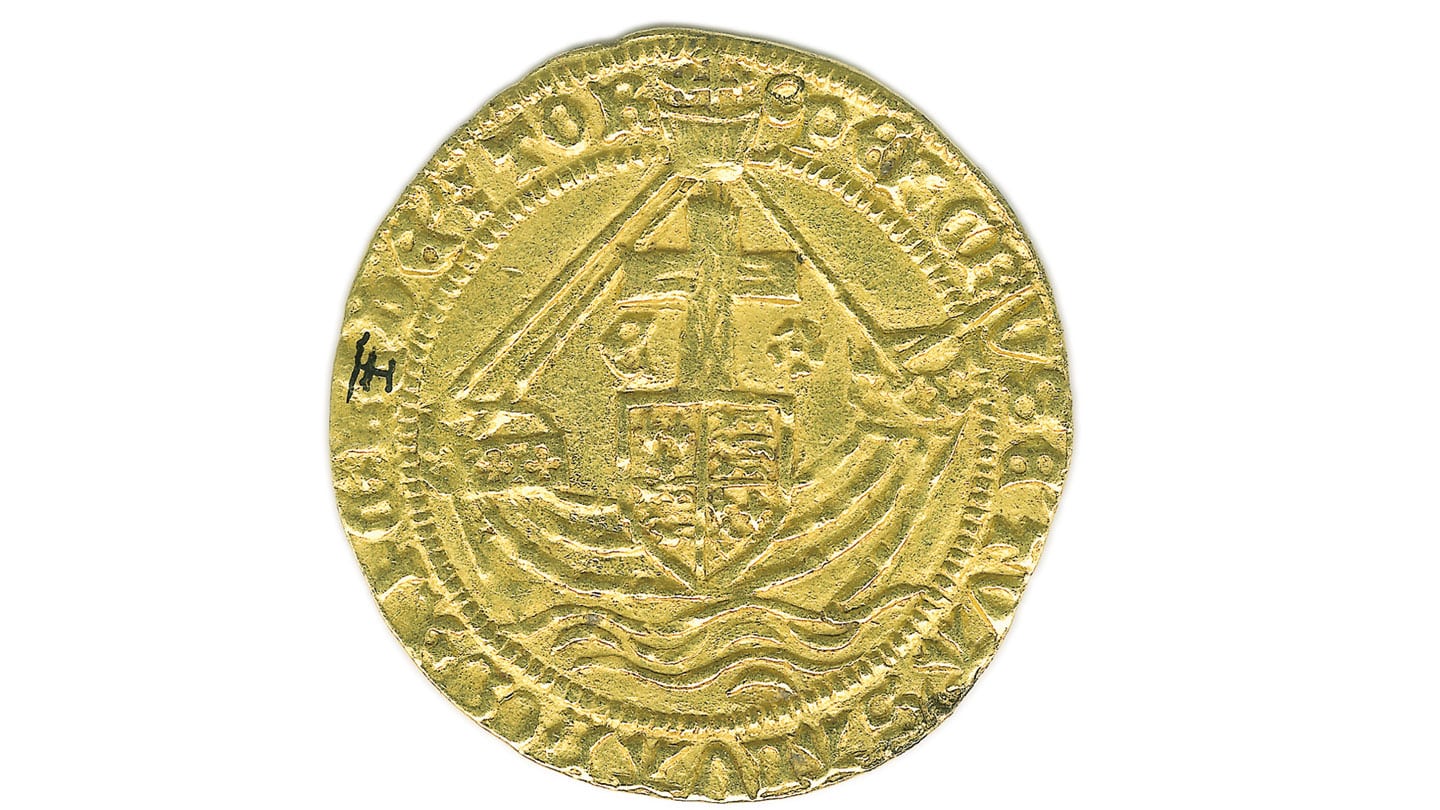While it has become standard to call the look-out point usually located at the top of a mast a “crow’s nest”, the term is actually quite specific.
Technically, a crow’s nest is a barrel-like structure mounted high onto the side of a ship’s mast, allowing a sailor to see further while mostly protected from the elements. The invention of the crow’s nest is credited to William Scoresby Snr (1760–1829), and the term was first used in 1807, long after the Mary Rose sank.
Our ‘crow’s nest’ should properly be called a mast top, or fighting top, as the term ‘crow’s nest’ did not exist in 1545. A proper mast top would be used to reinforce the rigging at the top of the mast.
It may just be that the part we have, which was stored below decks when the Mary Rose sank, was detachable, fitted to the rest of the top. The hole in the middle, which allows the shrouds and other lines to go through, would suggest this.
But most people call it a crow’s nest, so we sometimes do the same too, even though it’s not.



